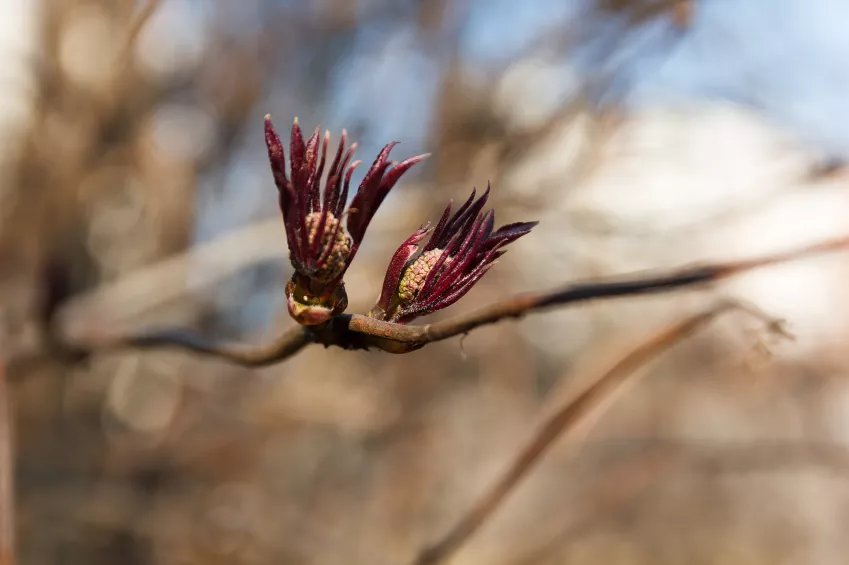He caused a sensation at one of the largest plant fairs in the world. The Black Lace Elderberry takes even the experts' breath away. Here you can find out what distinguishes the breed, how it is to be planted and cared for.

A captivating appearance
Red-leaved elder per se is already considered a breathtaking variation within the elder species, because it tops the green-leaved wild form of black elder with subtle elegance. The Black Lace Elderberry strain selects the positive attributes of both plant versions and combines them under one roof. The result is impressive, as the following profile shows:
- dark purple foliage, deeply dissected
- pink plate flowers with a diameter of 15 centimeters
- the flowers exude a pleasant scent of lemons
- edible black elderberries in autumn
- Growth height from 200 to 350 centimeters
- Growth width from 150 to 300 centimeters
- annual increase of 30 to 60 centimeters
A Black Lace elderberry scores with a pleasing location tolerance. It grows best in a sunny to partially shaded spot in the garden. If it is not cut, it will have reached a height of 3 meters after 5 years. He's not as boisterous as his big brother. Thanks to its pruning tolerance, the variety can easily be kept at a height of 150-200 centimeters and is therefore ideal for shapely hedge plants.
Tips on proper planting and care
To successfully cultivate a Black Lace elderberry, there are only a few factors to consider. In order for it to develop its magnificent foliage and enchanting flowers, it should not be too dark at the chosen location. You will satisfy his great hunger for nutrients if he is regularly fertilized with compost, manure and horn shavings (€32.93) right from the start.
A red-leaved elder should be protected from drought stress, because it reacts rudely to this by shedding its leaves. Since the wild fruit tree blossoms and bears fruit on the previous year's wood, pruning is preferably carried out after the harvest.
tips and tricks
A red-leaved elderberry for the small garden comes under the variety name 'Black Tower'. Its columnar growth qualifies it perfectly for cultivation as a decorative solitaire in the front garden. The wild fruit tree also cuts a fine figure in a large bucket on the terrace or balcony.
GTH